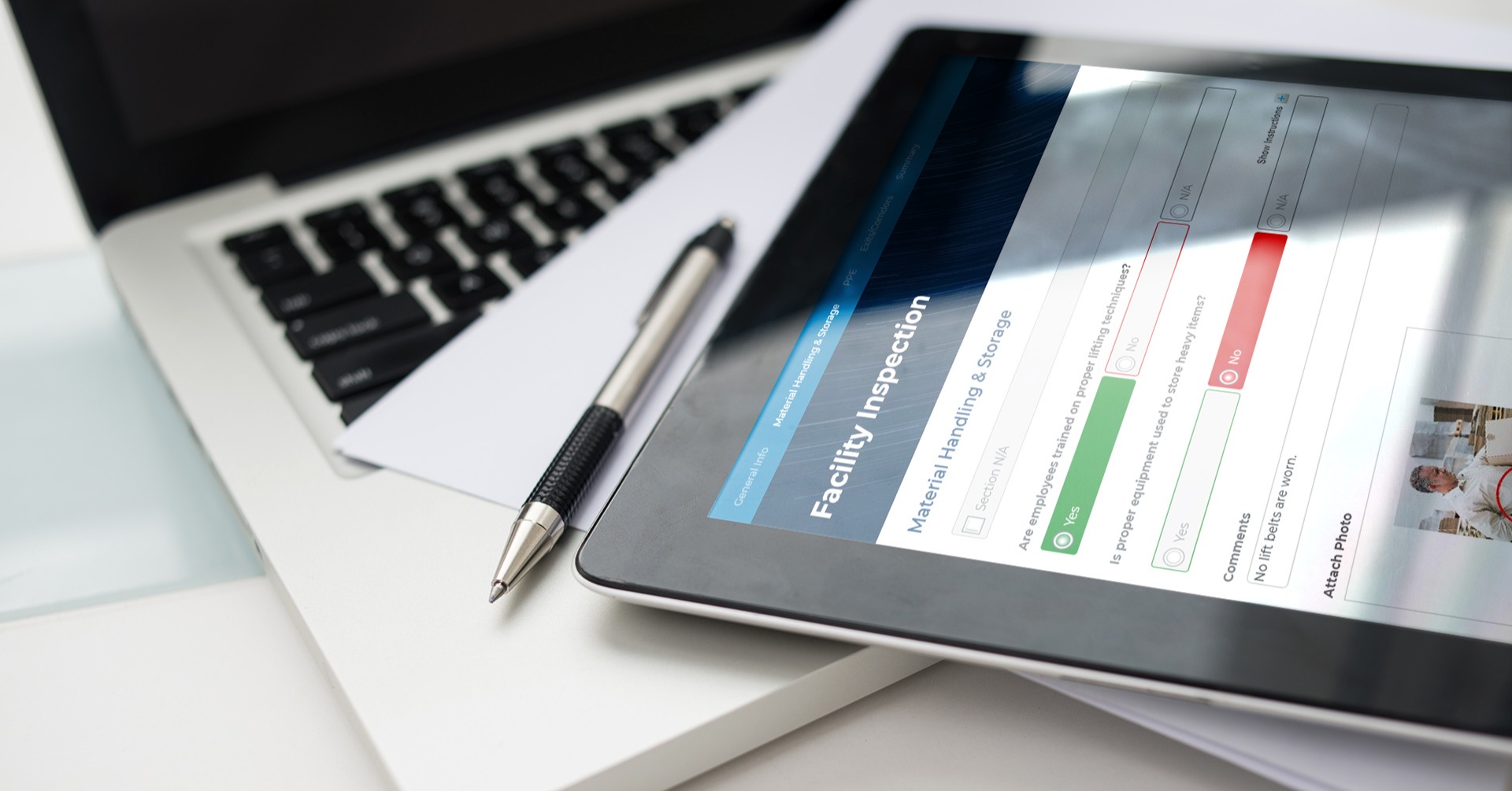Paper has its place in every industry, but when it comes to capturing error-free data quickly and efficiently, going digital has tremendous benefits in comparison. Despite this undeniable fact, nearly half (48%) of the companies polled in our 2019 Trends & Insights report still rely on paper to collect and share data.
If your company is still using paper to conduct inspections, audits, or checks in the field in 2020, chances are you could use a refresher on the advantage of going digital. Check this out.
Benefit #1: Better data quality
When you capture data using paper, there’s always the possibility of incomplete, erroneous, or conflicting entries. During manual transcription or double-entry into another system, that risk is effectively doubled.
We had a case in which a company handled all their asset inspections on paper. A single employee would filter a giant stack of forms, dividing the previous day’s inspections into severe and minor problems. Minor problems could quickly escalate into all-out disasters if the employee missed a day of work, encountered a form with poor handwriting, or missed any data due to human error,
With digital solutions, data entry can be controlled with specific thresholds, preset parameters, and field validation. Automatic, real-time uploads of data into a central database make manual transcription unnecessary. Meanwhile, complete audit trails are easy to find and attribute to the right people.
Benefit #2: Increased operational efficiency
Double data entry, data quality checks, and manual management are a way of life when you rely on paper. Additionally, the logistical burden of printing, distributing, and returning paper forms creates a barrier between issues and their resolutions.
In the case of the company from the above example, issues discovered in inspections required escalation and a work order to resolve them. A supervisor would need to sign off on any remediation before attempting to repair or replace what was broken. In a nutshell, paper created massive delays between discovering a problem and fixing it.
Digital data capture cuts through the paperwork by connecting issues directly with the next steps. An integrated solution allows configurable workflows to notify supervisors as soon as a problem is uncovered. Workflows even allow you to assign follow-up tasks automatically while keeping supervisors in the loop.
Benefit #3: Better data access
Re-entering data from paper forms and verifying that the contents are accurate can take hours or even days. There’s no real-time visibility into what’s actually happening in the field, either. You access the data when it’s ready and not a moment before.
If you’re dealing with enterprise-scale amounts of data, waiting for results isn’t ideal. Waiting on viable data increases the time-to-action for leaders in your organization, which can lead to delays between enacting new strategies and interpreting the results. Simply put, a delayed reaction is barely better than no reaction at all.
With a digital solution, data is available in real-time. As soon as an inspector or auditor syncs their device, you can access the results. What’s more, powerful data analysis tools like dashboards will give you instant clarity into cross-sections of your data. These tools make it easy to visualize your data as charts and graphs instead of rows and columns in a spreadsheet.
Benefit #4: Stronger integration
As we’ve already stated, paper creates a barrier between your operations and data captured in the field. Inspections and audits recorded on paper must be re-entered, scanned, or otherwise imported into a digital database. With paper, you’re stuck taking several extra steps just to get information into a usable position.
It’s a dissonance that’s even more pronounced when you’re dealing with multiple, disparate systems. It’s hard enough to get a work order system, database, and ERP functioning together; with paper, you’re adding yet another hurdle.
A digital solution with a properly configured integration layer can effectively “talk” to all your other systems, exchanging data, tasks, and API calls. That deep integration can play out in several ways, such as triggering a work order based on a completed inspection. It can even automate complex escalation paths in which priority is bounced between several different employees or teams.
Benefit #5: Better traceability and accountability
When you’re dealing with sensitive information, like patient records, safety inspections, or incident reports, you want to be sure where it’s coming from. If someone makes a mistake along the document’s “chain of custody,” you’ll want to know who is responsible. More importantly, you’ll want to have control over who can access restricted information.
When working with paper, it’s almost impossible to control audit trails, user access rights, and data security. Meanwhile, some information, such as patient records, needs to remain unidentifiable and secure. The kind of encryption required for this level of privacy is simply not possible on paper.
With digital capture, audit trails are easily accessible to administrators; you can quickly pinpoint who filled out, viewed, or changed a form and when they did it. While encryption options might vary by technology, they can provide the option where paper does not. Additionally, user access levels and permissions allow you to designate which employees can edit or view forms. This gives you complete control over how (and by whom) your data is collected.
How FORM can help
Form.com specializes in taking your existing paper process and turning it into a purpose-built solution. With Form.com, you can easily control data operations in the field with configurable mobile forms, workflows, and real-time dashboards. Get in touch today to learn how Form.com can help you get the most out of your current observational data collection process.




